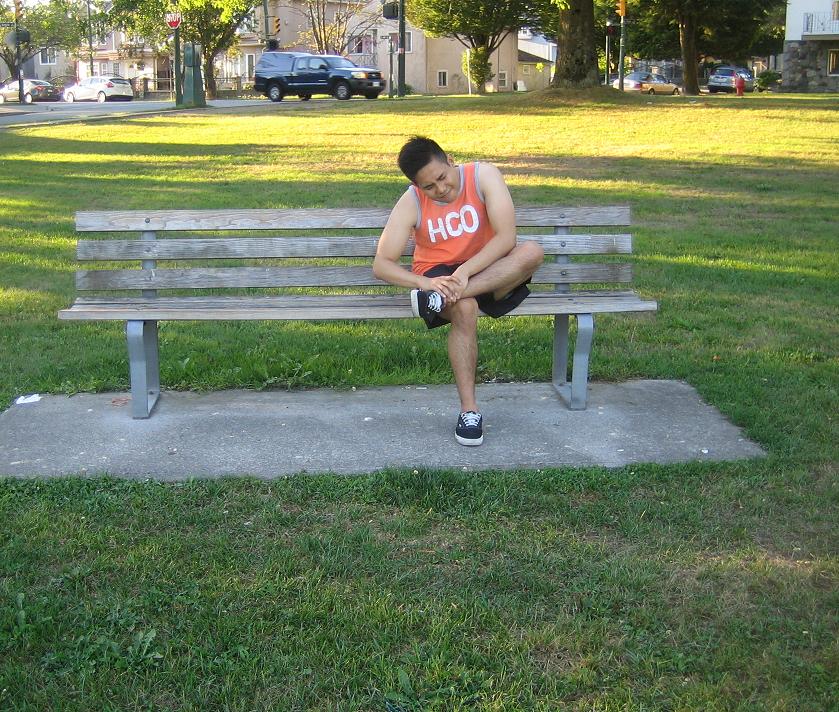The sinus tarsi is defined as a miniature bony canal that moves via the ankle below the talus bone. It is vital to note that damage can be brought about by overuse or a sprained ankle.
What are the signs?
The indications of a sinus tarsi syndrome generally include the following:
- Ankle pain but might be hard to pinpoint, usually in the front part of the bony protrusion or lateral malleolus on the exterior part of the ankle
- Soreness is usually felt at the opening of the sinus tarsi that is positioned on the exterior of the ankle
- Discomfort or difficulty with running on a curve on the side of the sore ankle
Ankle pain but might be hard to pinpoint, usually in the front part of the bony protrusion or lateral malleolus on the exterior part of the ankle. - Pain is triggered if the ankle is inverted or moved into a position where it is turned inwards
It is important to note that a diagnosis of sinus tarsi syndrome is confirmed with an anesthetic shot into the sore sinus tarsi. When an MRI is taken, it might reveal excess fluid in the sinus tarsi canal.
Management of sinus tarsi syndrome
Adequate rest from all aggravating activities must be observed. If the individual continues to train with a sore ankle, it can worsen the injury or prevent it from healing.
Cold therapy can help lessen the pain and inflammation. An ice pack must be applied for 10-15 minutes every hour initially and later reduced to 3-4 times throughout the day as needed.
Non-steroidal anti-inflammatory drugs (NSAIDs) might be prescribed by the doctor. In some cases, electrotherapy such as ultrasound can be suggested to lessen the inflammation and swelling.
A vital component of treatment and rehabilitation is mobilization of the subtalar joint. Correcting any biomechanical issues such as overpronation is also part of the treatment.
Strengthening exercises for the ankle is also important particularly proprioceptive exercises such as using a wobble board.


